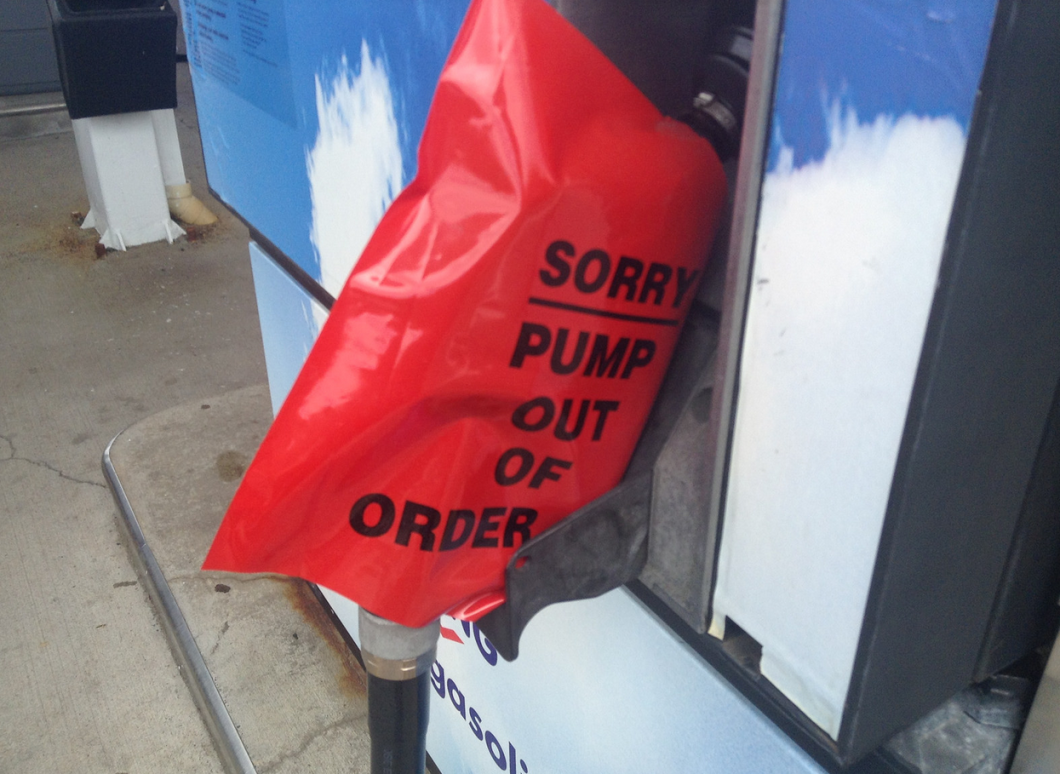Cops Using GPS To Track Credit Card-Skimming Devices Back To Scammers
See, many skimmers store the stolen information locally on the device. So in order for the scammer who installed it to get that information, he or she needs to take the skimmer off and download the information.
Skimmers are also often only meant to be temporary; get as many cards as possible in a short period of time before the rubber cement holding the skimmer to the gas pump gives out. Thus, the scammer will likely be by soon to collect the device for use elsewhere.
Police can stakeout a known skimming device and wait for the scammer to come and get it, but that’s expensive, time-consuming and may not work.
Cybersecurity expert and journalist Brian Krebs reports that police in Redlands, CA, have recently been using specially designed GPS trackers to locate all manner of criminals, including people behind gas pump skimmers.
It’s not a cure-all for the problem, as the GPS device has a limited battery life of as little as six hours. It can be extended by being set up to only send a signal after it’s been moved and by pinging less frequently.
Additionally, because scammers are always innovating to stay ahead of the police, some now use bluetooth skimmers that allow for remote collection of the data. These higher-tech devices also use the pump’s power supply, so the criminal has no need to remove the skimmer or come into contact with it directly.
Even if the GPS idea isn’t perfect, it’s a lot better than these anti-skimmer stickers that some gas stations just can’t figure out how to use… no, seriously, they just have absolutely no grasp on the purpose of these stickers.
No one knows how prevalent gas pump skimming is nationwide, but Krebs points to a 2010 study in Florida that found skimmers in about 1.5% of the 6,100 gas stations tested in the state.
This is why, in terms of account security, it’s generally better to use a credit card than a debit card at gas stations. Even if both your debit and credit card have $0 liability for fraud, it can be an arduous process getting stolen funds returned to your checking account while the credit card company will just remove the fraudulent charges from your account.
Of course, paying with cash will prevent any sort of ID fraud, but filling up can be an expensive prospect and in this plastic-happy age many consumers don’t carry that much actual currency on them.
Want more consumer news? Visit our parent organization, Consumer Reports, for the latest on scams, recalls, and other consumer issues.


